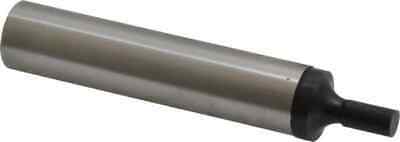- Joined
- Feb 7, 2013
- Messages
- 2,487
I have one of those Euro edge finders just like the one in the photo. It requires a 10MM R8 collet so I bought one just for that purpose. Mostly it sits in the rack and my go-to one is one I made some years ago. I need to do a little experimenting and do a comparison test between the Euro one and the home made one, maybe even make a new one
just for fun.
Edit: Looking at those Euro edge finders, I see some of them have the business end made in titanium or stainless steel. Maybe will make one with stainless steel and add a small flat just to see the outcome.
just for fun.
Edit: Looking at those Euro edge finders, I see some of them have the business end made in titanium or stainless steel. Maybe will make one with stainless steel and add a small flat just to see the outcome.
Last edited:




